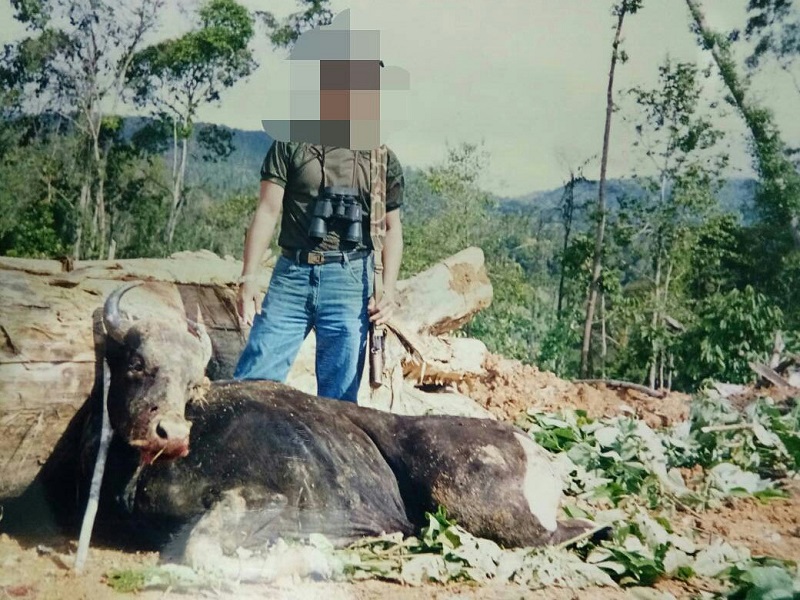KOTA KINABALU, Nov 30 — Wildlife authorities in Sabah may resort to captive breeding in order to save the Bornean banteng from going extinct.
Danau Girang Field Centre director Benoit Goossens said today that such options must be considered in order to ensure that the 380 or so Bornean banteng species does not go extinct.
“We don’t them to end up like the rhinos. When they are down to the last 10 individuals then we start captive breeding.
“We have to be ready to help increase their population now,” he said.
The Bornean banteng, also known as tembadau, is a species of wild cattle identified by the white markings on their feet and rump. They can be found in four or five isolated populations, one on the West coast, one or two in central Sabah, one in the south-east and one in the north-east of Sabah.
“The total population is estimated to be around 400 individuals, making the Bornean banteng the most endangered large mammal in Sabah,” said Goossens.
Under threat of habitat loss through degradation of land, clearing of land for oil palm plantations, encroachment, fragmentation, and building of infrastructure has put the animal at risk. The banteng also faces threat of game hunters who hunt for fun or for their meat, considered exotic to some.
Aside from three cases of shot banteng in three different protected areas in Sabah last month, there has been a long history of banteng being shot for game which goes back to 1998 in Sabah’s Imbak Canyon primary forests.
Goossens estimates there are about at least a dozen cases of poaching every year, which he says will wipe out the population if allowed to continue.
“Especially in small herds, it is completely unsustainable. We are looking at another extinction within 20 years, he said.
Goossens said that there was interest in the captive breeding, and a 10 year plan could ensure the animal’s survival if done right.
“We have the expertise, the infrastructure and the space. Everything is there. We just need to do it,” he said.
Sabah Forestry Department director Datuk Sam Mannan said there was a previous attempt to breed banteng about 30 years ago but the wild and volatile nature of the animal made it unsuccessful.
The wildlife authorities has also been unsuccessful in captive breeding rhinoceros over the last decade or so, and the last two known Sumatran rhinoceros in Malaysia is currently in captivity in Sabah’s Tabin Wildlife Reserve but the two are unable to breed.
The banteng is a totally protected species in Sabah and possession of it and its parts can result in no less than RM50,000 fine and jail time.
A plantation manager was recently identified as a key suspect in one of the three cases of game hunting last month. Charges are expected to be pressed soon.























